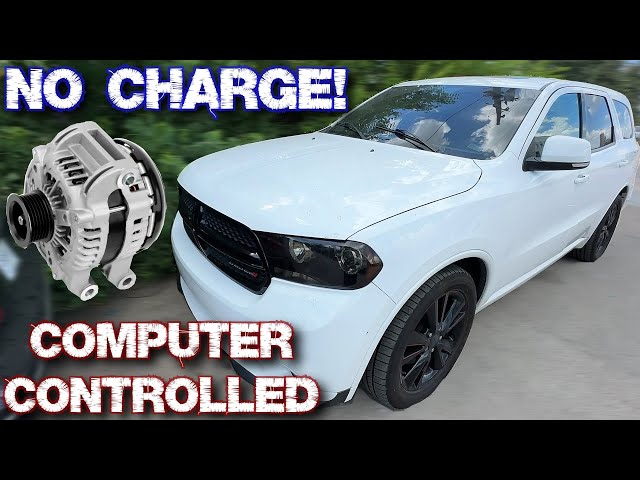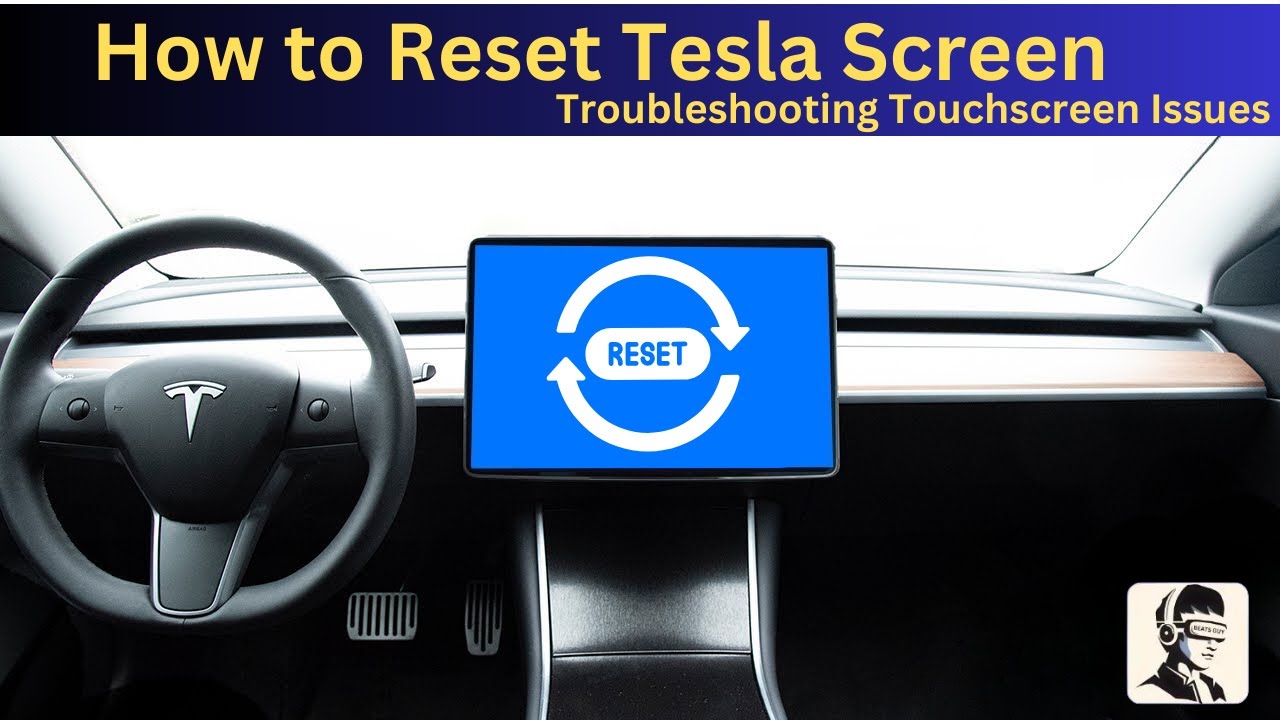How to Diagnose an Alternator Problem in a Dodge Durango
It’s every driver’s nightmare – you’re driving along in your Dodge Durango when suddenly, your dashboard lights start flickering, the radio cuts out, and the engine begins to sputter. These are all telltale signs of a failing alternator, a critical component of your vehicle’s electrical system. If you suspect that your alternator is on its last legs, don’t panic. With a bit of know-how and some basic tools, you can diagnose the issue yourself and potentially save yourself a trip to the mechanic.
Step 1: Check the Battery
The first step in diagnosing an alternator problem is to check the battery. A common symptom of a failing alternator is a dead or weak battery, as the alternator is responsible for keeping the battery charged while the engine is running. To do this, use a multimeter to test the voltage of the battery. A healthy battery should read around 12.6 volts. If the voltage is significantly lower, it could be a sign that the alternator is not functioning properly.
Step 2: Listen for Unusual Noises
Another sign of alternator trouble is strange noises coming from the engine compartment. If you hear a squealing or grinding noise while the engine is running, it could indicate a problem with the alternator belt or pulley. Take a look under the hood and inspect the alternator belt for any signs of wear or damage. If the belt is loose, cracked, or missing, it may need to be replaced.
Step 3: Test the Alternator Output
To determine if the alternator is the culprit, you can perform a simple test to check its output. Start by running the engine and letting it idle. Then, use a voltmeter to measure the voltage at the battery terminals. A healthy alternator should produce a voltage between 13.8 and 14.2 volts. If the voltage is below this range, it’s likely that the alternator is malfunctioning and needs to be replaced.
Step 4: Inspect the Alternator Connections
If all else fails, it’s worth taking a closer look at the alternator itself. Check the connections on the alternator for any signs of corrosion, fraying, or damage. Loose or damaged connections can prevent the alternator from delivering power to the battery, leading to electrical issues in your vehicle. If you spot any problems with the connections, try tightening or replacing them to see if it resolves the issue.
Step 5: Seek Professional Help
If you’ve gone through all of these steps and are still experiencing electrical problems in your Dodge Durango, it may be time to seek the help of a professional mechanic. They will have the expertise and tools needed to accurately diagnose and repair any alternator issues in your vehicle. Ignoring a failing alternator can lead to a myriad of electrical issues and even cause your vehicle to break down, so it’s important to address the problem as soon as possible.
In Conclusion
Diagnosing an alternator problem in your Dodge Durango may seem daunting, but with a bit of patience and some troubleshooting, you can identify the issue and take steps to resolve it. By following the steps outlined in this guide, you can save yourself time and money by avoiding a costly trip to the mechanic. Remember, a healthy alternator is essential for the proper functioning of your vehicle’s electrical system, so don’t ignore the warning signs.
How to Diagnose an Alternator Problem in a Dodge Durango
It’s every driver’s nightmare – you’re driving along in your Dodge Durango when suddenly, your dashboard lights start flickering, the radio cuts out, and the engine begins to sputter. These are all telltale signs of a failing alternator, a critical component of your vehicle’s electrical system. If you suspect that your alternator is on its last legs, don’t panic. With a bit of know-how and some basic tools, you can diagnose the issue yourself and potentially save yourself a trip to the mechanic.
Step 1: Check the Battery
The first step in diagnosing an alternator problem is to check the battery. A common symptom of a failing alternator is a dead or weak battery, as the alternator is responsible for keeping the battery charged while the engine is running. To do this, use a multimeter to test the voltage of the battery. A healthy battery should read around 12.6 volts. If the voltage is significantly lower, it could be a sign that the alternator is not functioning properly.
Step 2: Listen for Unusual Noises
Another sign of alternator trouble is strange noises coming from the engine compartment. If you hear a squealing or grinding noise while the engine is running, it could indicate a problem with the alternator belt or pulley. Take a look under the hood and inspect the alternator belt for any signs of wear or damage. If the belt is loose, cracked, or missing, it may need to be replaced.
Step 3: Test the Alternator Output
To determine if the alternator is the culprit, you can perform a simple test to check its output. Start by running the engine and letting it idle. Then, use a voltmeter to measure the voltage at the battery terminals. A healthy alternator should produce a voltage between 13.8 and 14.2 volts. If the voltage is below this range, it’s likely that the alternator is malfunctioning and needs to be replaced.
Step 4: Inspect the Alternator Connections
If all else fails, it’s worth taking a closer look at the alternator itself. Check the connections on the alternator for any signs of corrosion, fraying, or damage. Loose or damaged connections can prevent the alternator from delivering power to the battery, leading to electrical issues in your vehicle. If you spot any problems with the connections, try tightening or replacing them to see if it resolves the issue.
Step 5: Seek Professional Help
If you’ve gone through all of these steps and are still experiencing electrical problems in your Dodge Durango, it may be time to seek the help of a professional mechanic. They will have the expertise and tools needed to accurately diagnose and repair any alternator issues in your vehicle. Ignoring a failing alternator can lead to a myriad of electrical issues and even cause your vehicle to break down, so it’s important to address the problem as soon as possible.
In Conclusion
Diagnosing an alternator problem in your Dodge Durango may seem daunting, but with a bit of patience and some troubleshooting, you can identify the issue and take steps to resolve it. By following the steps outlined in this guide, you can save yourself time and money by avoiding a costly trip to the mechanic. Remember, a healthy alternator is essential for the proper functioning of your vehicle’s electrical system, so don’t ignore the warning signs.



